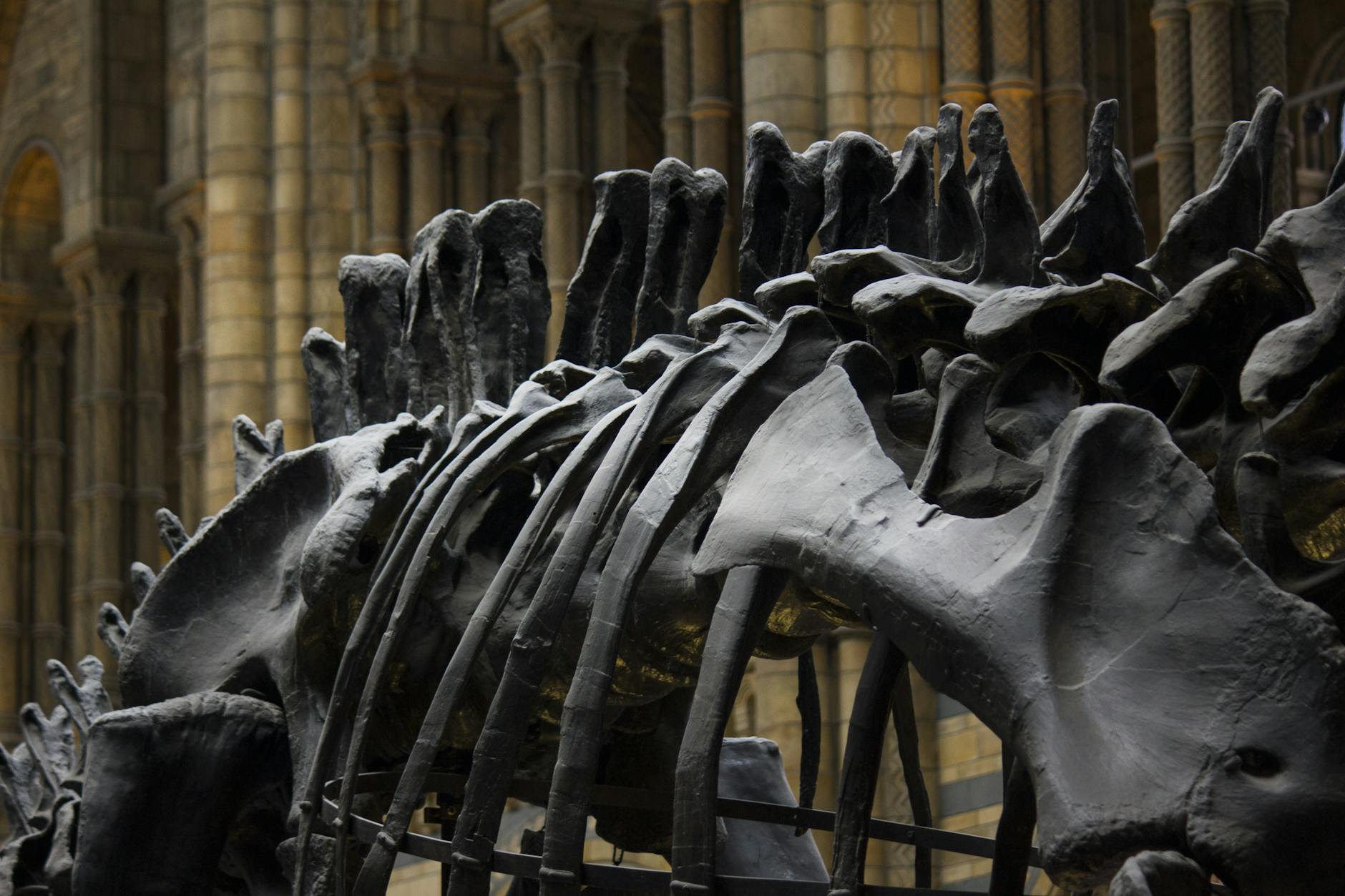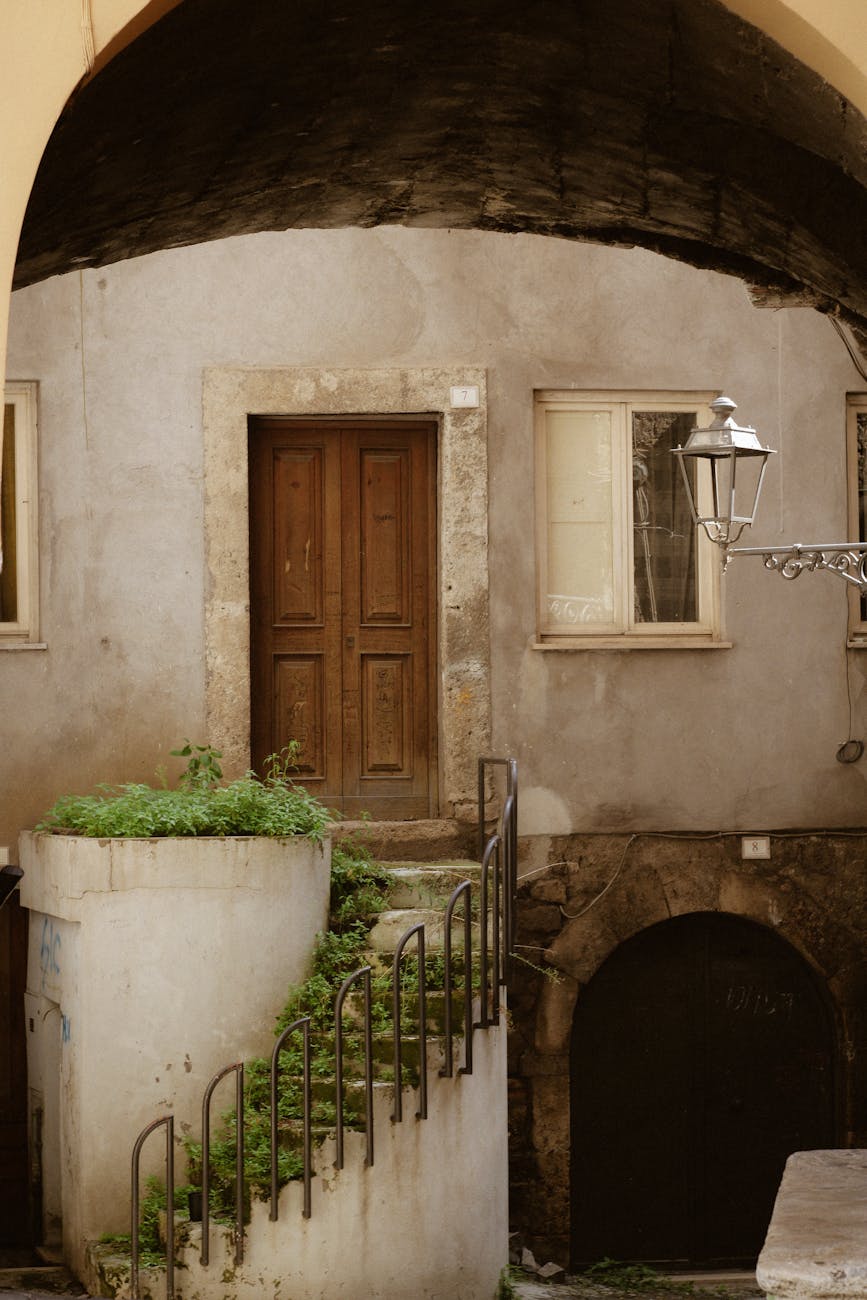Unearthing Ancient Mysteries: Exploring the Lost City of Petra

Uncovering the Rose-Red City
Nestled in the desert canyons of Jordan, the ancient city of Petra stands as a testament to the ingenuity of its Nabatean builders. Dating back to 300 BC, Petra is a UNESCO World Heritage Site that continues to captivate visitors with its intricate rock-cut architecture and rich history.
History of Petra
Originally established as the capital of the Nabatean Kingdom, Petra flourished as a major trading hub due to its strategic location along the Silk Road. The city's iconic Treasury, carved into the sandstone cliffs, served as a tomb for Nabatean kings and queens.
Exploring the Lost City
Visitors can wander through the narrow siq, a winding canyon leading to the main entrance of Petra. As the path opens up, the Treasury emerges in all its grandeur, beckoning travelers to delve deeper into the ancient city. Other notable sites within Petra include the Royal Tombs, the Roman Theater, and the Monastery.
Preserving Petra's Legacy
Despite facing threats from erosion, vandalism, and modern development, efforts are underway to safeguard Petra for future generations. Conservation projects aim to protect the fragile rock-cut structures and preserve the city's cultural heritage.
Immersing in Petra's Magic
Exploring Petra is a memorable experience that transports visitors back in time. From marveling at the intricately carved facades to soaking in the desert landscape, Petra offers a glimpse into the ancient world that is both awe-inspiring and thought-provoking.





